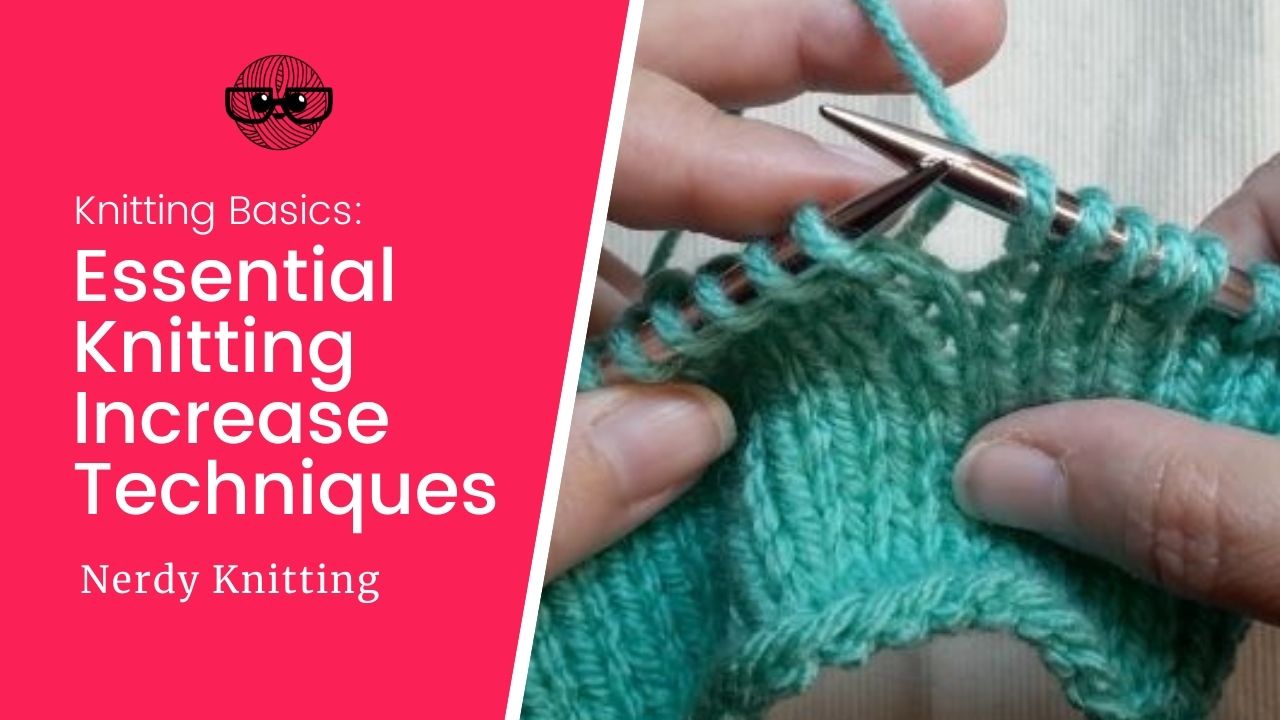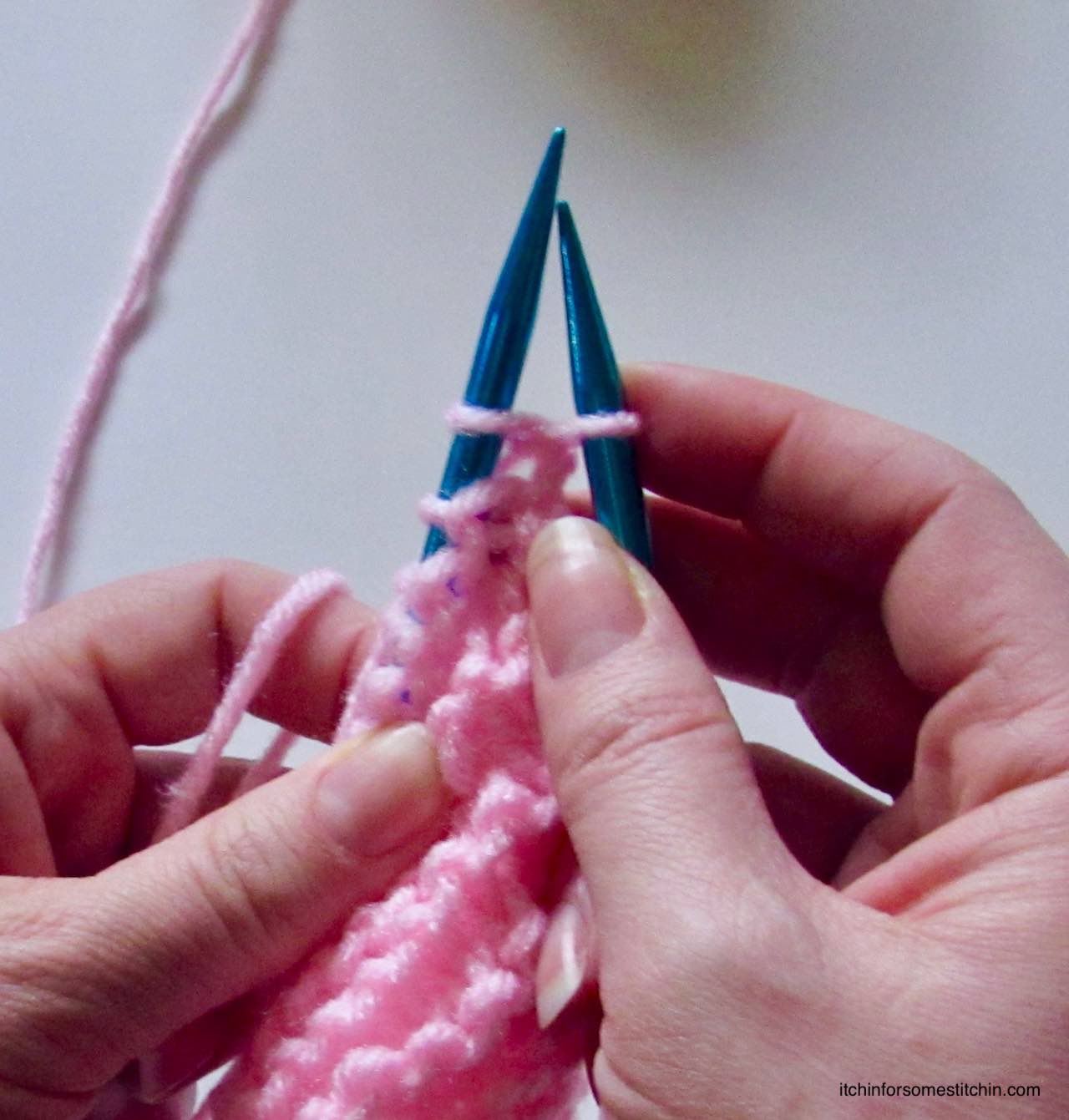How To Increase Knitting
How To Increase Knitting - Learn new techniques with gathered. 394k views 8 years ago knitting techniques. Increasing and decreasing stitches enables you to create knitted pieces with edges that taper and expand. How double increases are worked. Learn three types of knitting increases: This adds one stitch, which appears to come out of the right side of the original stitch column. The most basic way to increase is knitting in the front and the back of a stitch. What is stitch gauge and tension? Knit 1 front and back, purl 1 front and back; In this video we will show you how to increase stitches in your knitting. The most basic way to increase is knitting in the front and the back of a stitch. Web there are two different ways to make an extra stitch while you are knitting, one (kfb) leaves a little bar on the front of the work, and the other (m1) is virtually invisible. 1.3m views 14 years ago discover how to knit.. Web how to increase stitches in knitting: In this video we will show you how to increase stitches in your knitting. Web © 2024 google llc. Perhaps the simplest way to add stitches to your knitting is by working a yarnover. The corresponding increase for the wrong side would be m1pl and m1pr. Web a massive list of all the knitting increases and how to knit them. Lifted increases (also called knit right/left loop) Knit 1 front and back, purl 1 front and back; Those that create stitches in the strand between the needles and those that create stitches in existing stitches. In this knitting instructions video, you will learn how to make. Bar increases (also called knit front back) make one increases; Learn three types of knitting increases: Web © 2024 google llc. This is useful for shaping fitted knit items, such as sweaters, hats, and mittens. Lifted increases (also called knit right/left loop) The corresponding increase for the wrong side would be m1pl and m1pr. 394k views 8 years ago knitting techniques. This adds one stitch, which appears to come out of the right side of the original stitch column. This video shows you an increase. Plus, get basic directions to tackle the. Web how to increase stitches in knitting: In this article, we’ll take a look at each of these double increase methods (you can use the table of contents links in the box below to jump directly to a particular double increase method). However, you may see instructions. Once you have learned how to. Web a massive list of all the. Increasing and decreasing stitches enables you to create knitted pieces with edges that taper and expand. In this knitting instructions video, you will learn how to make an increase anywhere in your work. This is useful for shaping fitted knit items, such as sweaters, hats, and mittens. While increasing can seem daunting, especially for the beginner knitter, it’s really not. Make one (m1) bar increase. What is stitch gauge and tension? However, you may see instructions. Plus, get basic directions to tackle the. Perhaps the simplest way to add stitches to your knitting is by working a yarnover. The yarnover increase is worked by wrapping the yarn over the right needle between two stitches. Web there are several ways to increase, and each method adds extra stitches to the row unless they are paired with compensating decreases. Web to increase stitches in knitting, it’s important to understand stitch gauge and tension, as well as the various methods available. Those that create stitches in the strand between the needles and those that create stitches in existing stitches. Web a massive list of all the knitting increases and how to knit them. 394k views 8 years ago knitting techniques. Web how to increase stitches in knitting: In this video we will show you how to increase stitches in your knitting. Increasing is used whenever a knitted piece needs to be wider, such as sleeve shaping. Web most increases are worked on the right side of your knitting and two of the most popular are the knit front back (kfb) and make one (m1). One of the easiest and most common increases is to knit into the front and back of a stitch (kfb). What is stitch gauge and tension? This is useful for shaping fitted knit items, such as sweaters, hats, and mittens. However, you may see instructions. 1.3m views 14 years ago discover how to knit. Web a massive list of all the knitting increases and how to knit them. Increasing and decreasing stitches enables you to create knitted pieces with edges that taper and expand. How double increases are worked. Web knit the lifted stitch as normal and slide it off of the left needle, leaving the original stitch on the left needle (see photo #3). There are many different ways to increase but we’ll focus on the four common increases that every knitter should be aware of. Web here are some common methods: Web knowing how to increase is an important skill for every knitter. Basically, you are knitting two stitches like normal, but the first time you knit a stitch you do not slip the stitch off the left needle. Knit the original stitch as normal.
How to Increase when Knitting YouTube

How To Increase One Stitch When Knitting goknitiinyourhat

M1L Knit Increase Tutorial YouTube

How to Increase in Knitting (Essential Increases for Every Knitter
/M1_4-5ad10f1418ba010037438ea3.jpg)
How to Increase Stitches with Make One (M1) in Knitting

A step by step tutorial on how to knit the central double increase and

How To Increase In Knitting Made Easy for Beginners TREASURIE

How To Increase Stitches In Knitting Knitting increase, Beginner

How To Increase In Knitting Made Easy for Beginners TREASURIE

27+ How To Increase When Knitting IyaanJasjeet
Web There Are Several Ways To Increase, And Each Method Adds Extra Stitches To The Row Unless They Are Paired With Compensating Decreases.
Bar Increases (Also Called Knit Front Back) Make One Increases;
The Most Basic Way To Increase Is Knitting In The Front And The Back Of A Stitch.
The Yarnover Increase Is Worked By Wrapping The Yarn Over The Right Needle Between Two Stitches.
Related Post: